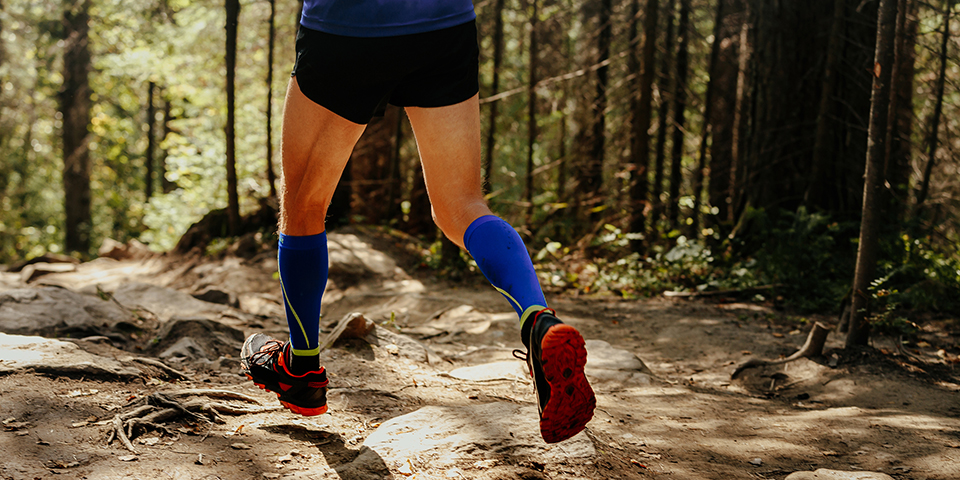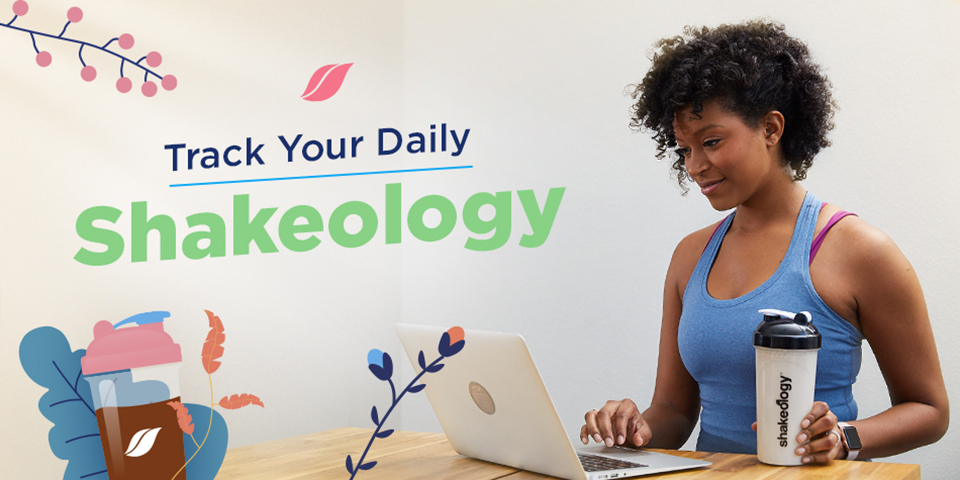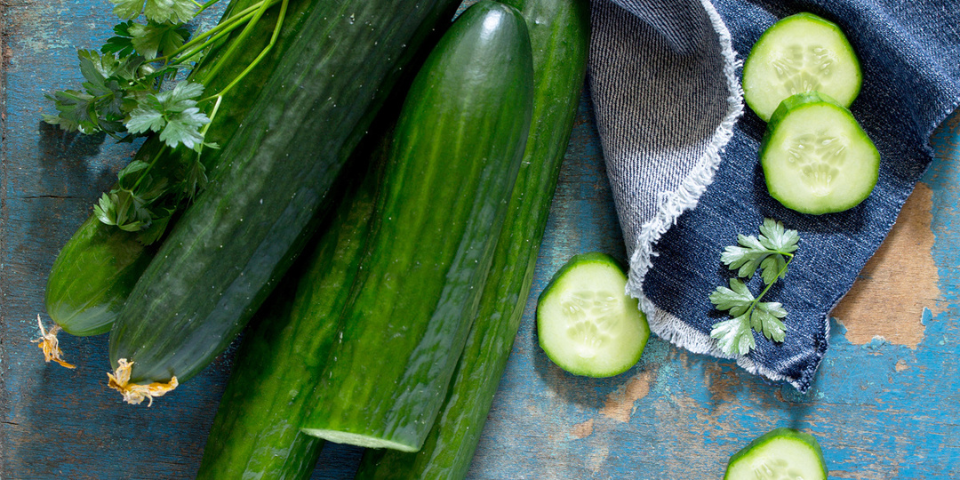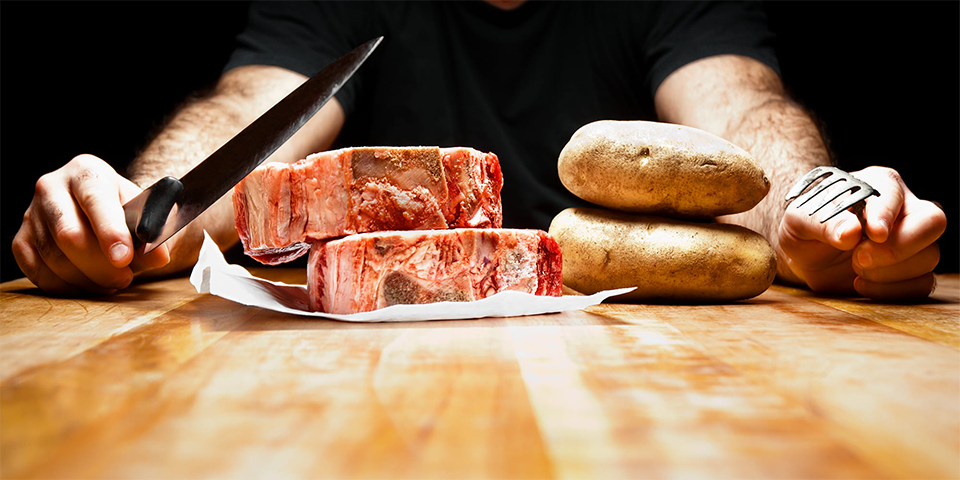You’ve figured out that activewear serves a purpose. They wick sweat, so you feel more comfortable (and less soggy) than you would in your old college T-shirt.
But beyond making workouts more comfortable, how high-tech does your workout gear need to get?
Exercise apparel is far more advanced than ever before, but how helpful are things like compression socks?
Do they give you a performance or recovery advantage? Or are they simply a sartorial choice?
Here’s what you need to know before dropping $50 on a pair of specialty socks, plus a round-up of the best compression socks.
What Are Compression Socks?
“Compression socks are socks that can go up to the knee with a tighter fit around the ankle and let up the higher they go (graduated compression garments),” explains physical therapist and strength coach Leada Malek, D.P.T., C.S.C.S., S.C.S.
“They’ve become popular with endurance sports like running, triathlons, obstacle courses, and cycling,” she adds.
Theresa Marko, P.T., D.P.T., M.S., a doctor of physical therapy and owner of Marko Physical Therapy in New York City, explains that this tighter fit applies pressure to the lower leg.
But compression socks are not a one-size-fits-all product.
They come in different gauges, or “different levels of tightness or compression.”
Historically, athletes haven’t been the target demographic of compression socks, though.
“As we age, our veins become less efficient at pumping blood back up the legs toward the heart,” Marko explains.
So you’ll often see compression socks marketed as a tool for helping the veins by not allowing blood to pool down in the foot, she adds.
But athletes may choose to wear them to help with circulation.
Some in the fitness community swear by compression socks for recovery.
But do they really work?
Do Compression Socks Really Work?
“Compression garments were initially used for patients in the clinical setting to help prevent swelling and the formation of blood clots,” Malek explains.
However, she adds that the benefit for healthy individuals is negligible (that applies to all compression clothing, not just socks).
Even the best compression socks “haven’t been shown to improve performance or reduce the level of muscle breakdown at marathon-level activity,” adds Malek.
So for the healthy, well-functioning athlete, there’s little reason to spend money on them.
But Malek notes that they may be helpful if you’re recovering from an injury.
There is some evidence that compression garments such as compression socks can “reduce delayed onset muscle soreness (DOMS) after soft tissue injury.”
Study results are mixed, though, with some showing a moderate effect and others finding no difference in DOMS with or without compression socks.
That means pulling on a pair while you’re healing “may help you with reductions in soreness and help aid in recovery,” but it’s far from guaranteed.
Be sure to talk to your doctor before wearing compression socks if you have a cardiovascular issue.
Malek also warns that “anyone with sensitive skin or thin skin should be mindful of chafing, cuts, or even bruises sometimes due to the tightness.”
If you’re wearing more than one compression garment, she urges you to check that they’re not overlapped or layered.
Marko says you also need to talk to your doctor about wearing compression socks if you have diabetes, take blood thinners, or have any open sores on your leg.
“Not saying that these people should not wear compression stockings,” she clarifies, but that it’s best to talk it over with your doctor, who can help advise on the gauge you need.
How to Buy Compression Socks
If it’s available to you, head to a store that fits people for compression socks, suggests Marko.
They can suggest the right gauge and measure your calf (at the widest part of your calf muscle) for the perfect fit.
You’ll need that gauge number and your calf size to buy a well-fitting pair of compression socks.
“If using them while exercising, qualities of the sock itself that support sweat and foot fit will also be beneficial,” adds Malek.
Marko explains you’ll see two groups of compression socks: “Some compression socks are more like a dress trouser while some are more like a cotton knee-high.”
She suggests “the less compressive sock, which is more like a cotton athletic sock,” for athletes.
The Best Compression Socks
Try not to get hung up on the numbers when shopping for compression socks.
The amount of pressure compression socks place on your legs is measured in mmHg (the same measurement used for blood pressure).
It’s easy to find socks between 10 and 35 on this scale. The exact number means less than how they feel.
Aim for the lowest number that feels snug, providing moderate pressure but not tight or painful.
1. Florida Skies Marathon Socks
In addition to graduated compression ranging from 10-35mmHg, you’ll get some fun features from this brand.
You’ll find mid-calf and knee-height socks, moisture-wicking technology for those long runs, and a wide selection of fun colors and patterns.
Price: $50
Available from Pro Compression.
2. Women’s Compression Socks
Compression socks from Bombas range from regular black and grey to bright and colorful with floral motifs.
You’ll also find different lengths made with durable yarn to resist wear and tear, and a heel that’s stitched to cup your foot for maximum support and comfort.
Even better, they donate a pair for every pair of socks you purchase.
Price: $24
Available from Bombas.
3. Tall Compression Socks for Recovery
CEP targets athletes specifically, and they make their compression socks with the active person in mind.
These socks use materials resistant to odor and wick sweat away from your skin for maximum comfort.
They also claim to use minerals in the materials that use your body heat to support the blood flow-boosting effects of the compression.
Price: $49.95
Available from CEP.
4. Knee-High Compression Socks
This brand offers a limited selection of socks for exercise, but they come in more sizes for wide feet.
Just as you’re not going to wear too tight of a compression sock due to discomfort, you’re also unlikely to use a sock too narrow for you.
Check the size chart to make sure you’re getting the best fit possible.
Price: $78 for three pairs
Available from Comrad.





